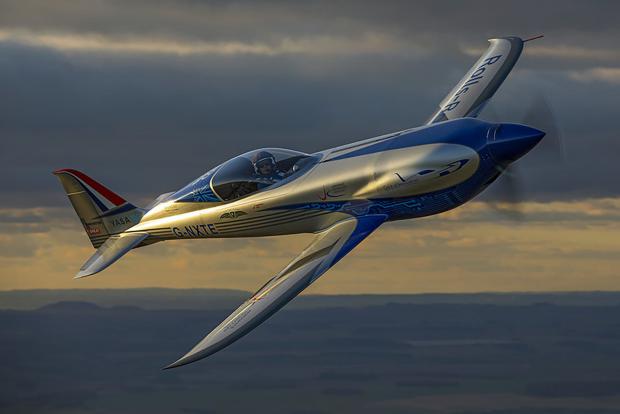
Breaking News
 Who Is ?@NickShirley?? | PBD Podcast | 710
Who Is ?@NickShirley?? | PBD Podcast | 710
 20 Cozy Ways to Celebrate New Year's Eve at Home
20 Cozy Ways to Celebrate New Year's Eve at Home
 The methylation switch: Scientists identify diet that can turn back the cellular clock
The methylation switch: Scientists identify diet that can turn back the cellular clock
 Americans are slaves for the wealthy elite's that write legislation along side corporations...
Americans are slaves for the wealthy elite's that write legislation along side corporations...
Top Tech News
 Laser weapons go mobile on US Army small vehicles
Laser weapons go mobile on US Army small vehicles
 EngineAI T800: Born to Disrupt! #EngineAI #robotics #newtechnology #newproduct
EngineAI T800: Born to Disrupt! #EngineAI #robotics #newtechnology #newproduct
 This Silicon Anode Breakthrough Could Mark A Turning Point For EV Batteries [Update]
This Silicon Anode Breakthrough Could Mark A Turning Point For EV Batteries [Update]
 Travel gadget promises to dry and iron your clothes – totally hands-free
Travel gadget promises to dry and iron your clothes – totally hands-free
 Perfect Aircrete, Kitchen Ingredients.
Perfect Aircrete, Kitchen Ingredients.
 Futuristic pixel-raising display lets you feel what's onscreen
Futuristic pixel-raising display lets you feel what's onscreen
 Cutting-Edge Facility Generates Pure Water and Hydrogen Fuel from Seawater for Mere Pennies
Cutting-Edge Facility Generates Pure Water and Hydrogen Fuel from Seawater for Mere Pennies
 This tiny dev board is packed with features for ambitious makers
This tiny dev board is packed with features for ambitious makers
 Scientists Discover Gel to Regrow Tooth Enamel
Scientists Discover Gel to Regrow Tooth Enamel
 Vitamin C and Dandelion Root Killing Cancer Cells -- as Former CDC Director Calls for COVID-19...
Vitamin C and Dandelion Root Killing Cancer Cells -- as Former CDC Director Calls for COVID-19...
Rolls-Royce's electric plane hits 387 mph to lay claim as world's fastest

The Spirit of Innovation took to the skies at a UK Ministry of Defence testing site last week where it reached a maximum speed of 623 km/h (387.4 mph), which Rolls-Royce says not only makes it the fastest electric aircraft, but the world's fastest electric vehicle of any kind.
From the outset, the Spirit of Innovation was built from the ground up to become the world's fastest electric airplane, taking aim at the 210 mph (338 km/h) set by Siemens in 2017. The aircraft is propelled by a 500-hp (400-kW) all-electric powertrain and battery pack of 6,000 cells, described as the most energy-dense ever integrated into an aircraft.
The Spirit of Innovation completed its first taxi tests back in March, and then flew for the first time in September, completing a 15-minute flight and kicking off a more advanced testing phase. The latest outing again took place at the UK Ministry of Defence's Boscombe Down experimental aircraft testing site, and culminated in a trio of world records, according to Rolls-Royce.
This includes climbing to an altitude of 3,000 m (9,840 ft) in 202 seconds, breaking the previous record by 60 seconds, reaching a top speed of 555.9 km/h (345.4 mph) over 3 km (1.9 miles), and achieving a top speed of 532.1 km/h (330 mph) over 15 km (9.3 miles). These three world-record claims have been submitted to the Fédération Aéronautique Internationale for official certification, but the aircraft is said to have also been clocked at 623 km/h (387.4 mph) during these runs, faster than any electric vehicle on the planet, according to Rolls-Royce.
"Flying the 'Spirit of Innovation' at these incredible speeds and believing we have broken the world-record for all-electric flight is a momentous occasion," says test pilot Phill O'Dell. "This is the highlight of my career and is an incredible achievement for the whole team. The opportunity to be at the forefront of another pioneering chapter of Rolls-Royce's story as we look to deliver the future of aviation is what dreams are made of."



